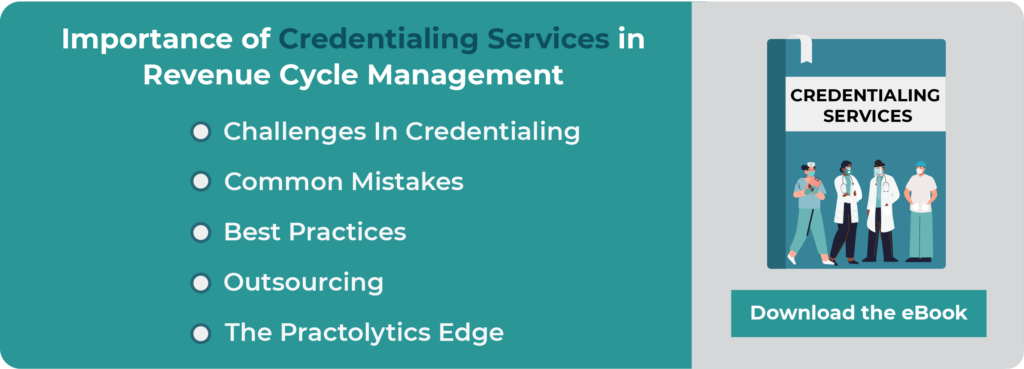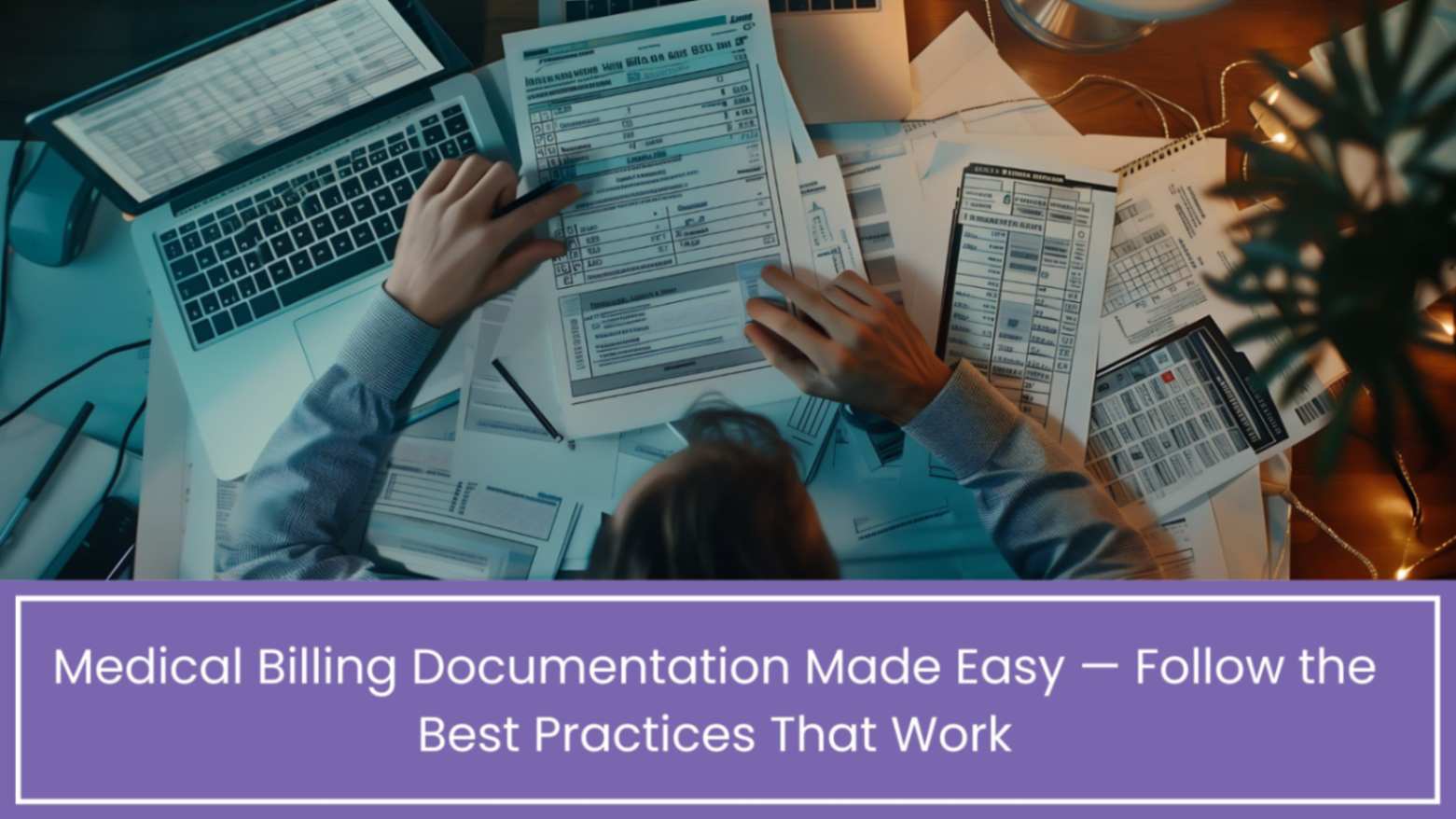Get Enrolled Faster with 30-Day Credentialing
Credentialing delays drain clinic funds, waste time, and stall income. Today many providers still wait 60–120 days for approval, slowing revenue and care delivery. By 2026, digital systems will improve, tools will speed processing, and CMS rules will become clearer—but you don’t have to wait to benefit. Get Enrolled Faster with 30-Day Credentialing and see how accelerated payer approval is now achievable. This post explains upcoming 2026 changes, common application errors that cause delays, and a step-by-step path to faster enrollment. With weekly follow-ups, organized documentation, and CAQH cleanup, clinics can slash wait times and start billing sooner using this practical guide.
Table of Contents
Credentialing in 30 Days: How to Fast-Track Payer Enrollment in 2026
Credentialing has long been a bottleneck—costly delays, unexpected setbacks. Providers typically wait 60-120 days before seeing patients under new payer contracts. One missing document? Add 30 days. A CAQH profile error? Restart the clock. Insurance backlogs compound these issues.
But 2026 marks a turning point.
Payers are pressed to act faster. CMS demands clearer processes. Digital tools replace paperwork. States are changing network rules, pushing payers to speed up enrollment checks.
Key takeaway:
Fast credentialing is now real. Sometimes 30-day enrollment works.
This blog shows:
- How credentialing changes in 2026
- Trends driving quicker approvals
- Errors causing delays
- Building a stress-free 30-day medical credentialing plan
The Hook: Why 2026 Is the Year of “Faster Enrollment”
Several major shifts are speeding up provider credentialing:
1. Payers use automated tools
Big insurers now rely on:
- Instant license checks
- Automatic NPI updates
- Real-time sanctions screening
This replaces slow manual work.
2. Tighter CMS rules
Regulators now require payers to:
- Cut wait times
- Explain delays clearly
- Share denial reasons
This pushes faster onboarding for patient access.
3. Standardized formats grow
CAQH, PECOS, and payer portals now sync better.
Fewer duplicate forms. Fewer errors.
4. Networks need more providers
Practices expand. New clinics open in rural spots. Telehealth explodes.
Payers urgently seek credentialed partners.
These shifts make 30-day credentialing achievable today.
Why Credentialing Still Takes So Long Today
Even with updated tools and policies, healthcare providers experience costly delays. Key bottlenecks:
1. Incomplete CAQH Profiles
Over 60% of credentialing setbacks stem from:
- Expired documents
- Conflicting details
- Outdated attestations
- Unexplained career gaps
2. Lacking Payer-Specific Paperwork
Certain insurers require unique addenda, W-9s, or disclosures that providers often overlook.
3. License or DEA renewals are overdue
Delaying renewals stalls your entire case file.
4. Hospital privileges inactive
When medical billing inpatient claims, insurers require proof of active privileges.
5. Weak tracking systems
Most practices skip weekly follow-ups, letting problems grow unseen.
6. Payer delays
Insurers process thousands of applications monthly.
To hit 30-day cycles by 2026, eliminate these roadblocks now—before they escalate.
2026 Credentialing Updates and Trends Every Provider Must Know
1. Shift to Digital Credentialing (No More Paper)
By 2026, most insurers won’t take paper forms anymore.
Digital sign-ups will be the norm.
This means:
- less paperwork
- fewer mistakes
- faster checks
- quicker next steps
Healthcare groups using paper in 2026 will lose ground.
2. API-Based Verification Will Speed Up Approval
API connections enable payers to instantly verify:
- NPI registry
- State licenses
- OIG/OFAC status
- DEA credentials
- NPDB history
This eliminates days of manual checks.
3. Faster Revalidations
CMS and commercial plans are shifting to:
- Automated reminders
- Predictable schedules
- Electronic submissions
- Clearer notices
This reduces unexpected plan cancellations.
4. Network Adequacy Pressure
Many states are tightening network adequacy rules.
This requires payers to:
- Quickly add more providers
- Prevent long patient waits
- Speed up approvals to cover shortages
Positive news for emerging healthcare practices.
5. CAQH Becomes the “Single Source of Truth”
CAQH is introducing three key upgrades:
- smoother data linking
- faster claim checks
- clearer paperwork trails
By 2026, most insurers will use CAQH above all other tools.
6. Centralized Tracking Becomes Essential
Because deadlines will be tighter, practices must monitor:
- Submission dates
- Follow-up dates
- Missing documents
- Payer escalations
If you miss this, hitting 30-day enrollment goals won’t happen.
Credentialing in 30 Days: A Step-by-Step Breakdown
Here is your streamlined enrollment path for 2026:
Step 1: Fast-Track Your 2026 Enrollment in 3 Days
Day 0-3: Prep Your Full File
Complete docs mean half the review time. Missing items cost days.
Have these ready:
- Updated CV
- State license
- DEA certificate
- Malpractice insurance
- Board certification
- Hospital privileges
- Full work history (no gaps)
- Disclosure forms
- W-9
State-controlled substance license
Step 2: Clean and Verify CAQH (Day 1–4)
Your CAQH profile needs to be:
- Fully complete
- Verified
- Updated within the last 90 days
- Matching all your documents
Confirm these details:
- Exact name spelling
- Current addresses
- Explained work gaps
- Correct malpractice dates
- Accurate training dates
Errors cause hold-ups.
Step 3: Submit Digital Applications (Day 4–6)
For 30-day approval:
- Use online payer portals.
- Skip paper forms.
- Update all group details first.
- Submit everything in the same week to stay on schedule.
Step 4: Weekly Follow-Ups (Day 7–28)
This is essential.
Each week, ask the payer directly:
“File complete?”
Then:
“Forms missing?”
Then:
“Red flags?”
Then:
“Next steps?”
Always initiate contact—don’t wait for them.
Step 5: Resolve Issues Fast (Day 7–30)
If a payer asks for:
- corrected W-9
- new malpractice sheet
- signature update
- ownership form
- proof of practice address
Submit it immediately.
Same-day action speeds up approval.
Step 6: Track Contracting Separately
Credentialing approval is just step one.
To start getting paid, you still need:
- Contract review
- Rates confirmed
- Contract signed
- Loaded into payer’s system
- Your provider ID
Push hard, and many payers wrap this up within 5–15 days. Stay sharp.
Top Reasons Credentialing Gets Denied or Delayed
Avoid these hurdles to keep your credentialing on track:
- Unexplained work gaps
- Pending license renewal
- CAQH details mismatch
- Incorrect practice address
- Missing signatures
- Expired malpractice insurance
- No follow-ups
These basic oversights cause 50% of processing delays.
Realistic Timeline for 30-Day Credentialing in 2026
- Day 1–3: Get your papers ready
- Day 3–5: Clean up CAQH details
- Day 4–6: Send your application
- Day 7–28: Check in regularly
- Day 30: Get approval status
- Day 30–40: Sign contracts
- Day 40–45: Set up your ID
- Day 45–50: Start billing
You can see patients in 45–50 days.
That’s twice as fast as the old 90–120+ day wait.
Stats You Should Know for 2026
Here are key numbers shaping the industry:
- Bad data causes 70% of delays.
- 80% of payers now use digital tools.
- Over 90% of practices lose track of timelines.
- Fast-growing groups lose thousands weekly to enrollment delays.
- Credentialing mistakes can delay income for months.
- A solid credentialing system protects income, rules, and cash flow.
Why Fast Credentialing Matters More Than Ever
In 2026, speedy enrollment isn’t optional. It’s vital because:
- More patients pick managed care plans.
- Telehealth needs fast sign-ups for multi-state work.
- Doctors want quick pay after joining groups or opening clinics.
- Slow sign-ups hurt cash flow, especially for new practices.
- Fighting for payer spots is tougher.
Fast credentials mean faster money, faster growth, faster security.
How Practolytics Helps You Meet the 30-Day Credentialing Goal
Credentialing in 2026 will be quicker—but only for organized, thorough clinics.
That’s Practolytics‘ role.
We provide:
- Full credentialing support
- Handle everything—clean CAQH, submit to payers.
- Real-time payer tracking
- See your application status anytime.
- Fast issue resolution
- Weekly check-ins prevent delays.
- Perfect document handling
- No missing forms. No expired files. No errors.
- Faster enrollment, clearer contracts
- Our process cuts wait times, so billing starts quicker.
- Proven skill handling credentials across states
- Ideal for telehealth startups or growing clinics.
- Complete RCM support after onboarding
- Handles billing, medical coding, and denied claims.
Need 30-day credentialing? Hassle-free enrollment? Less stress?
Practolytics gets you there.






